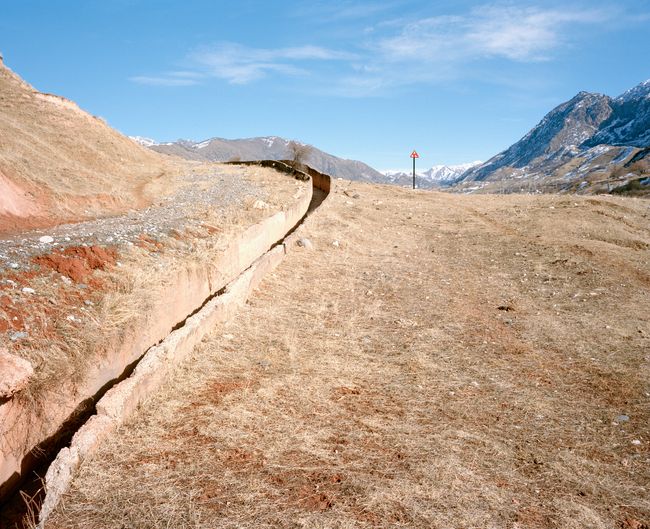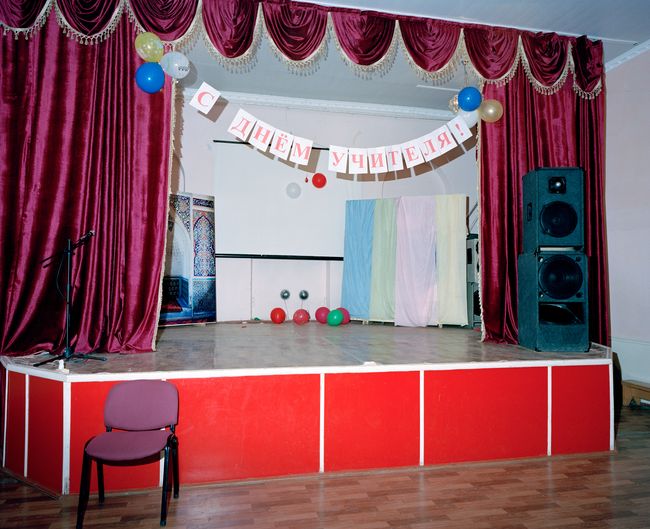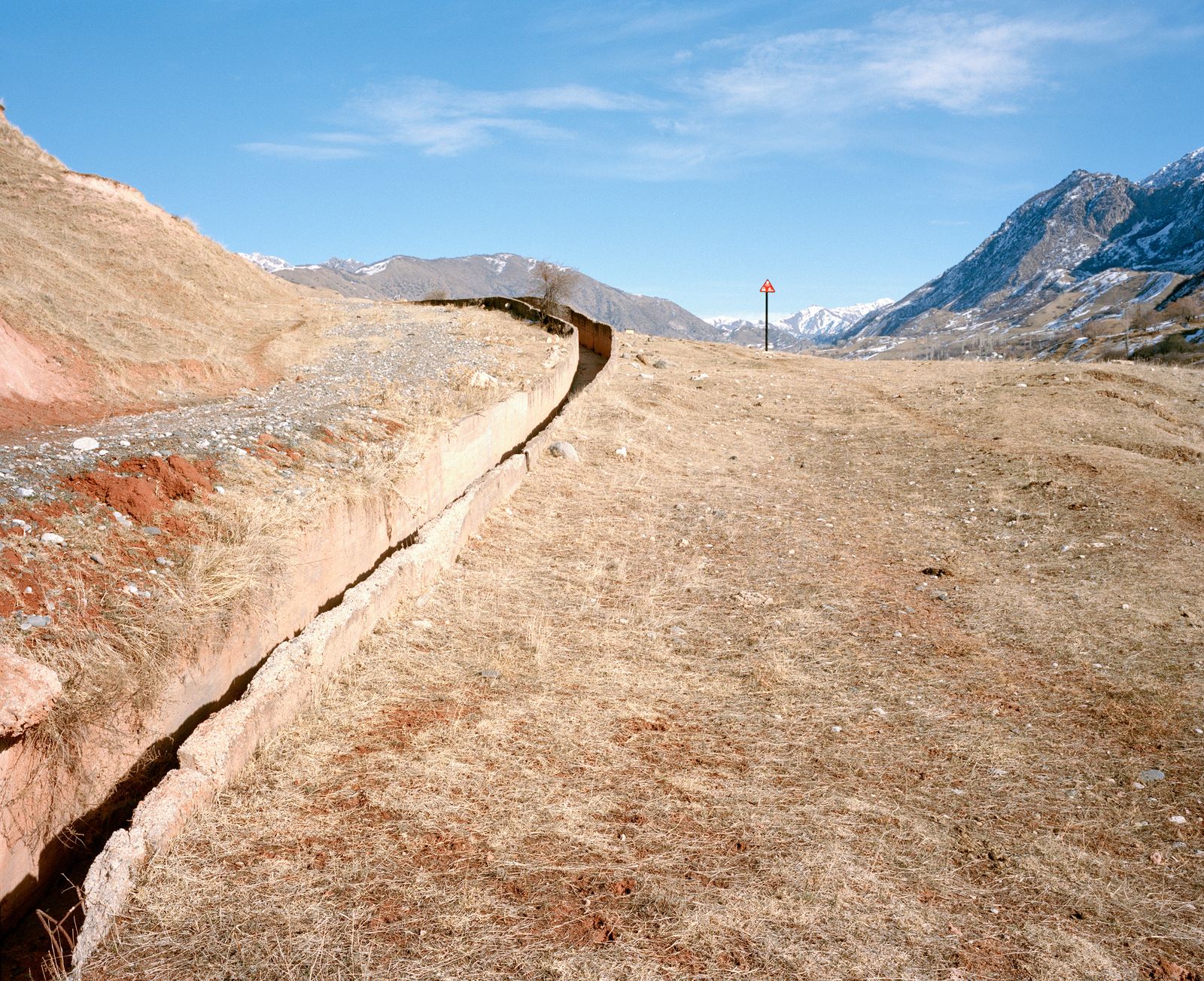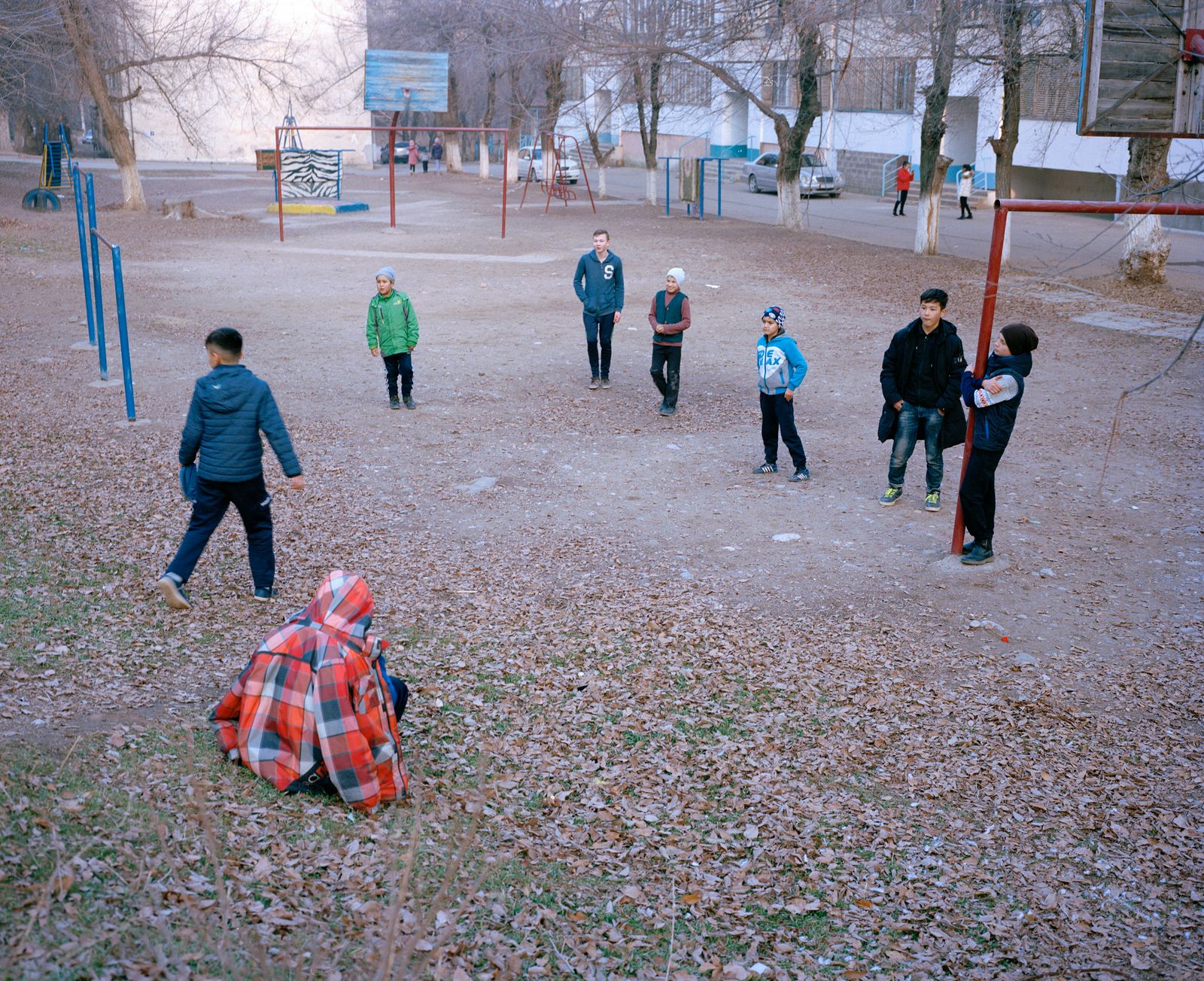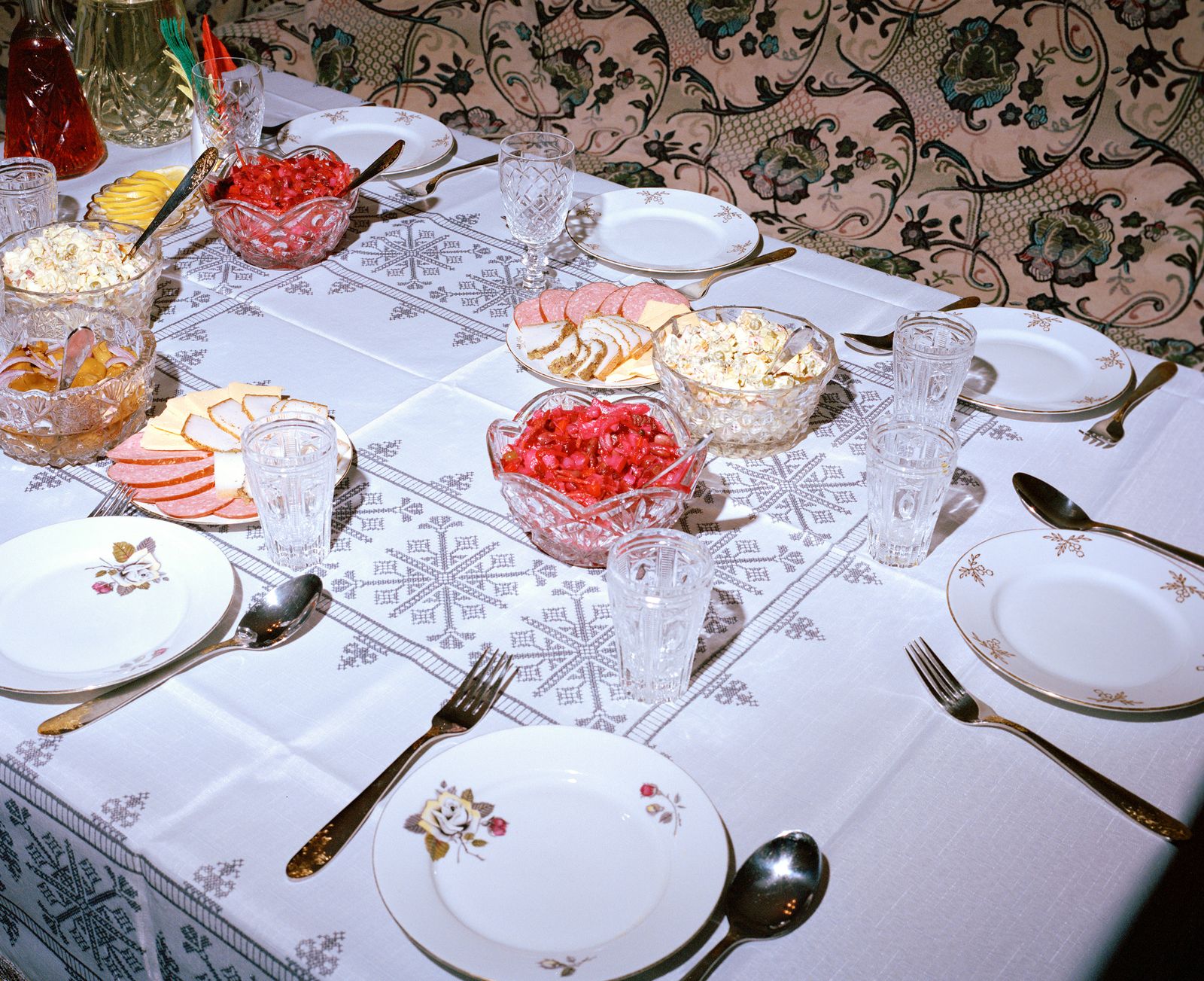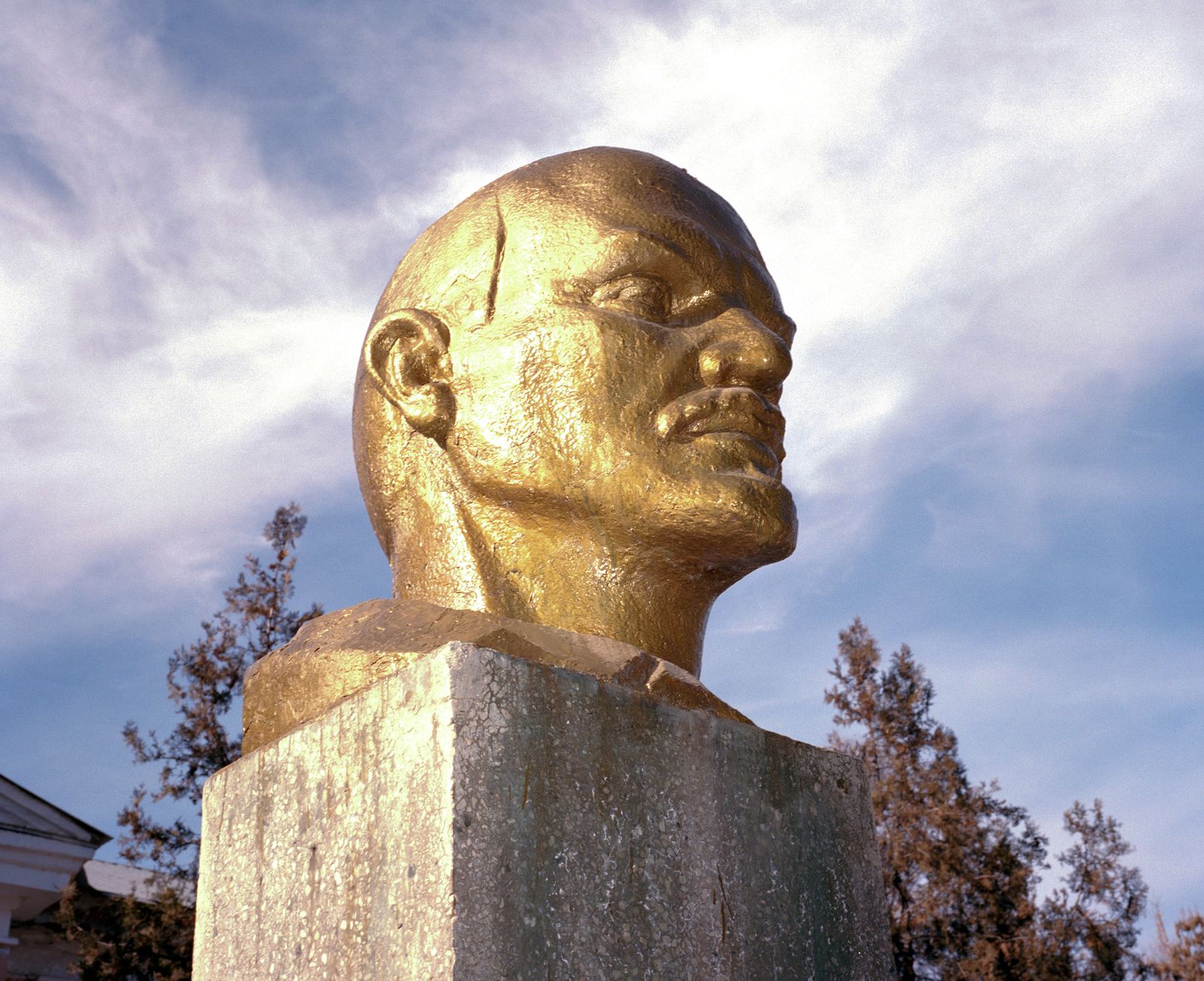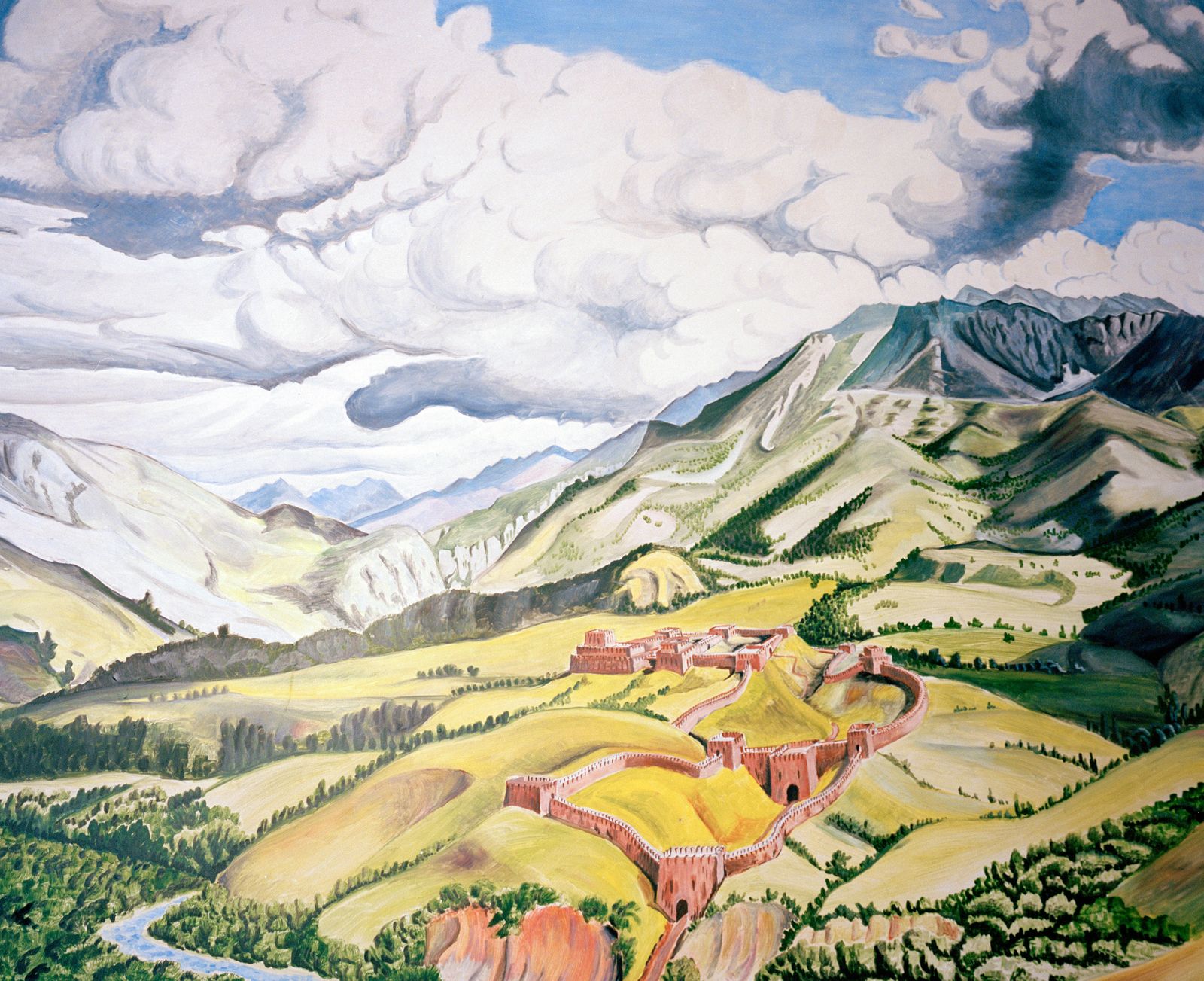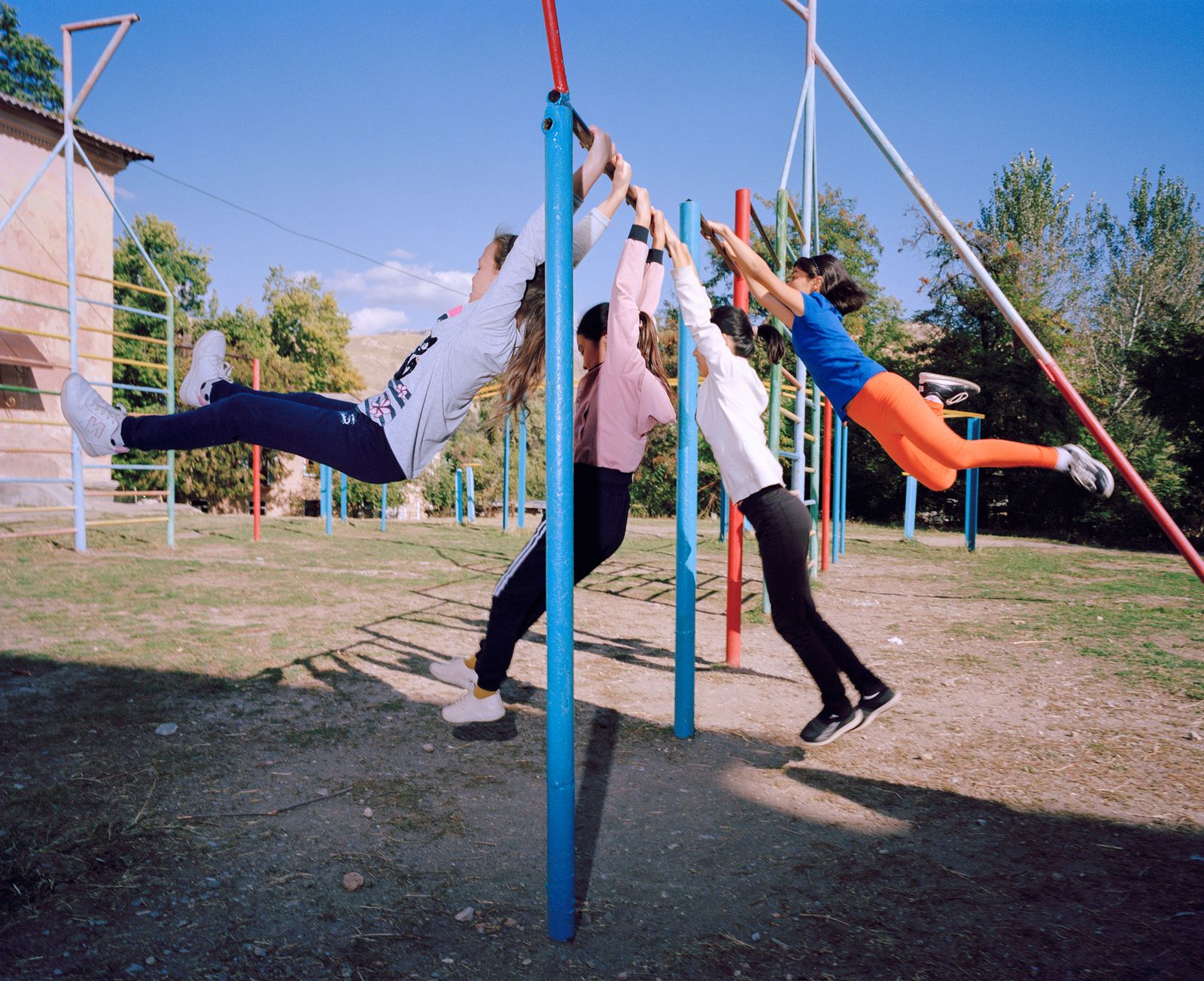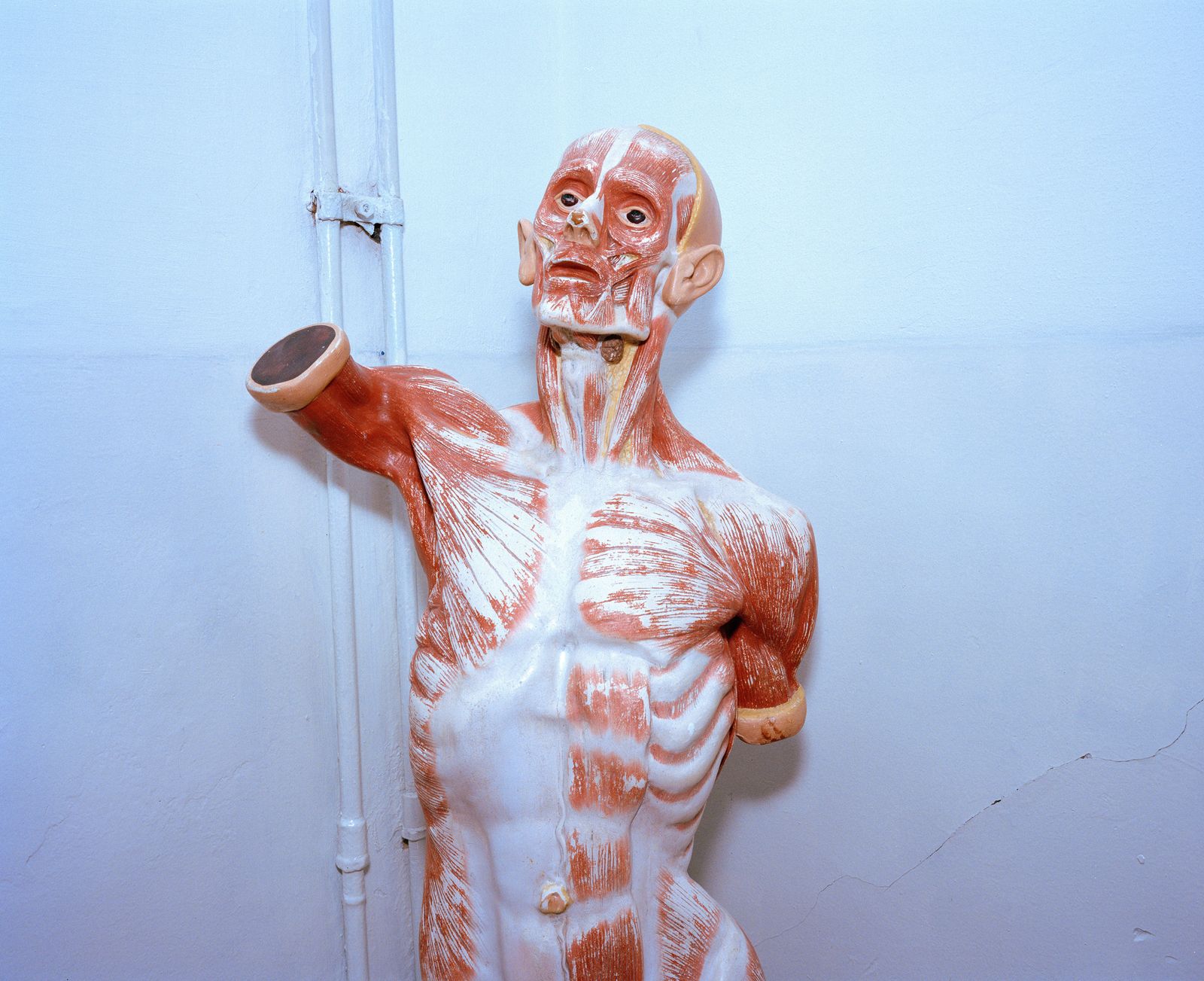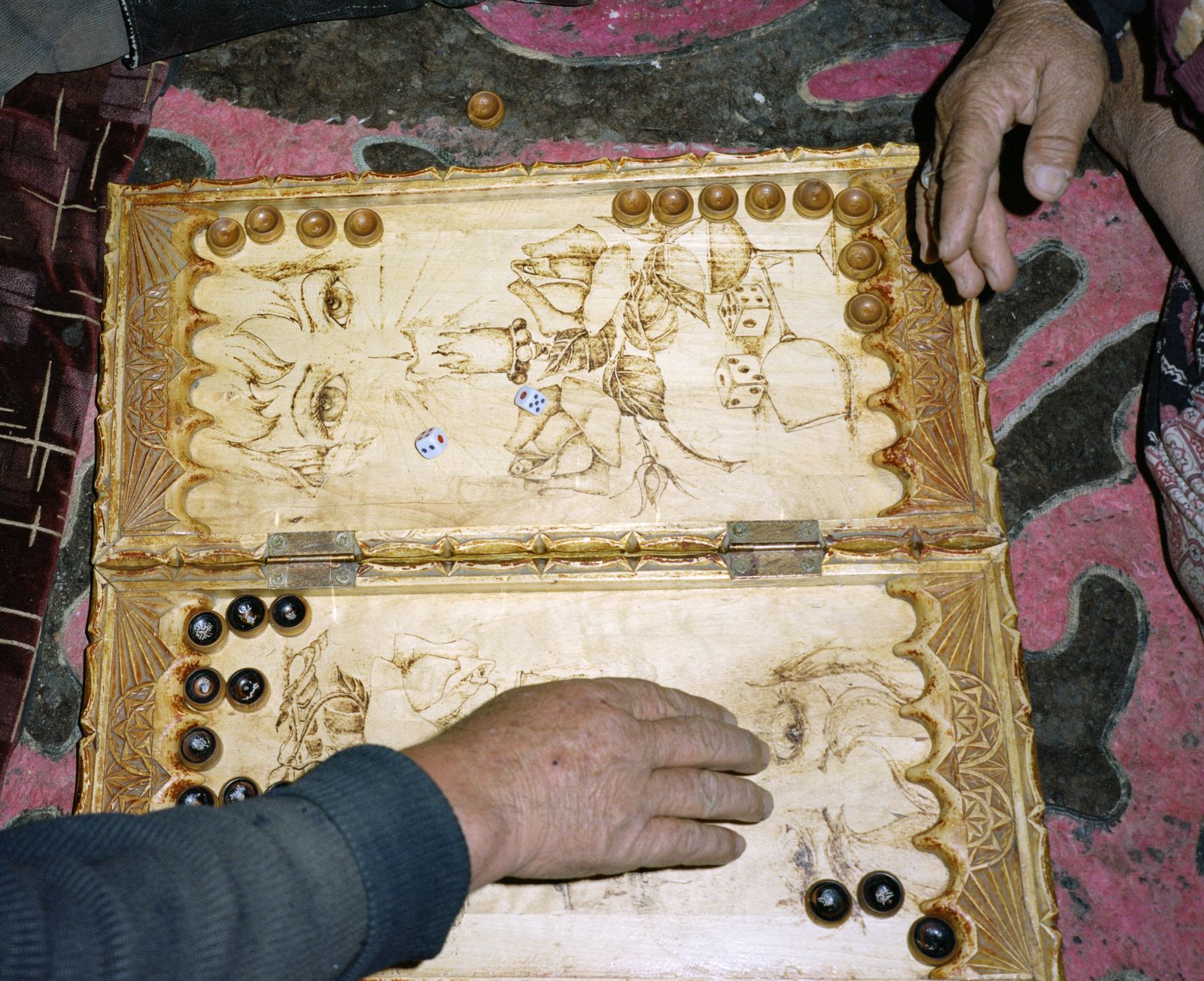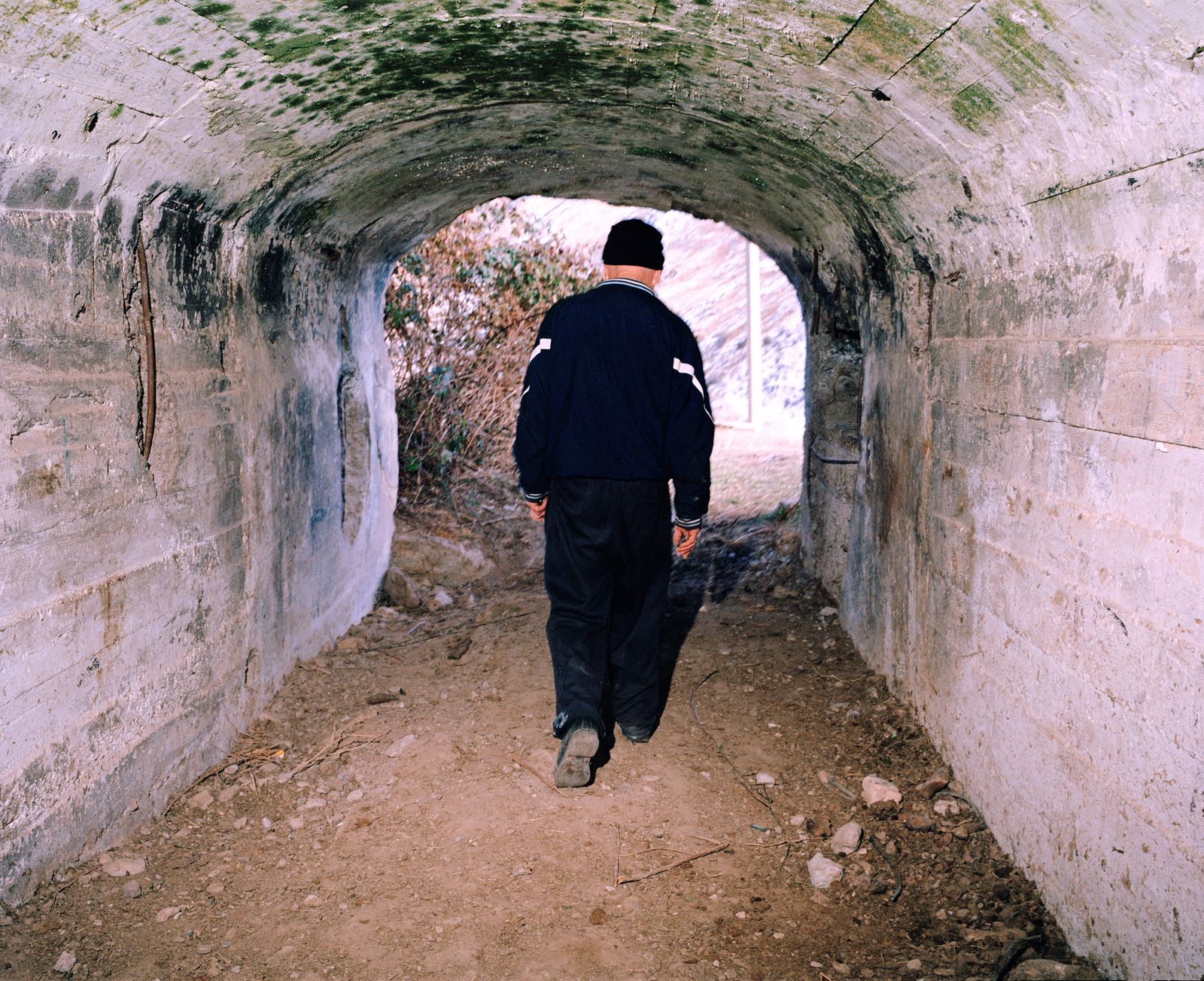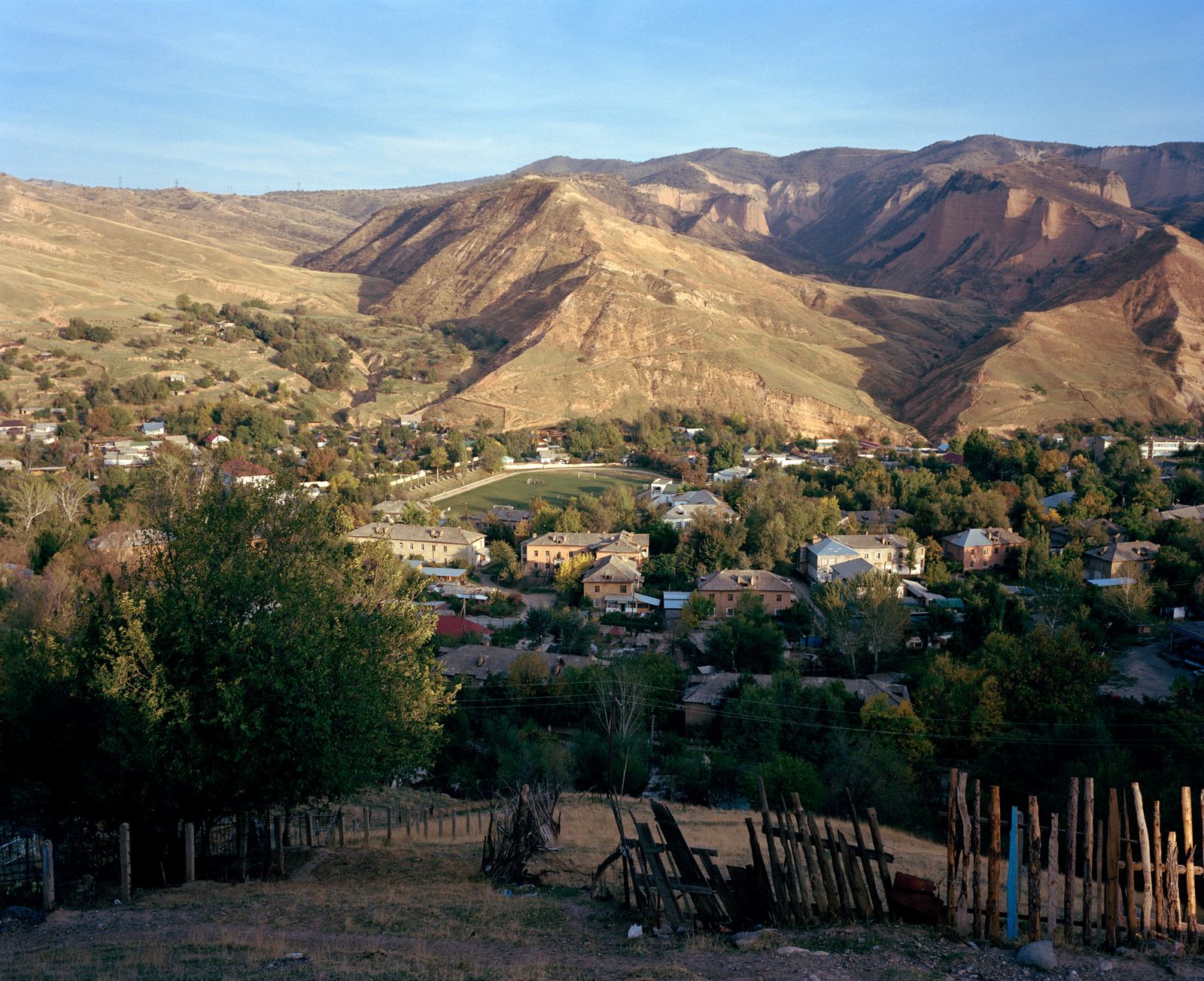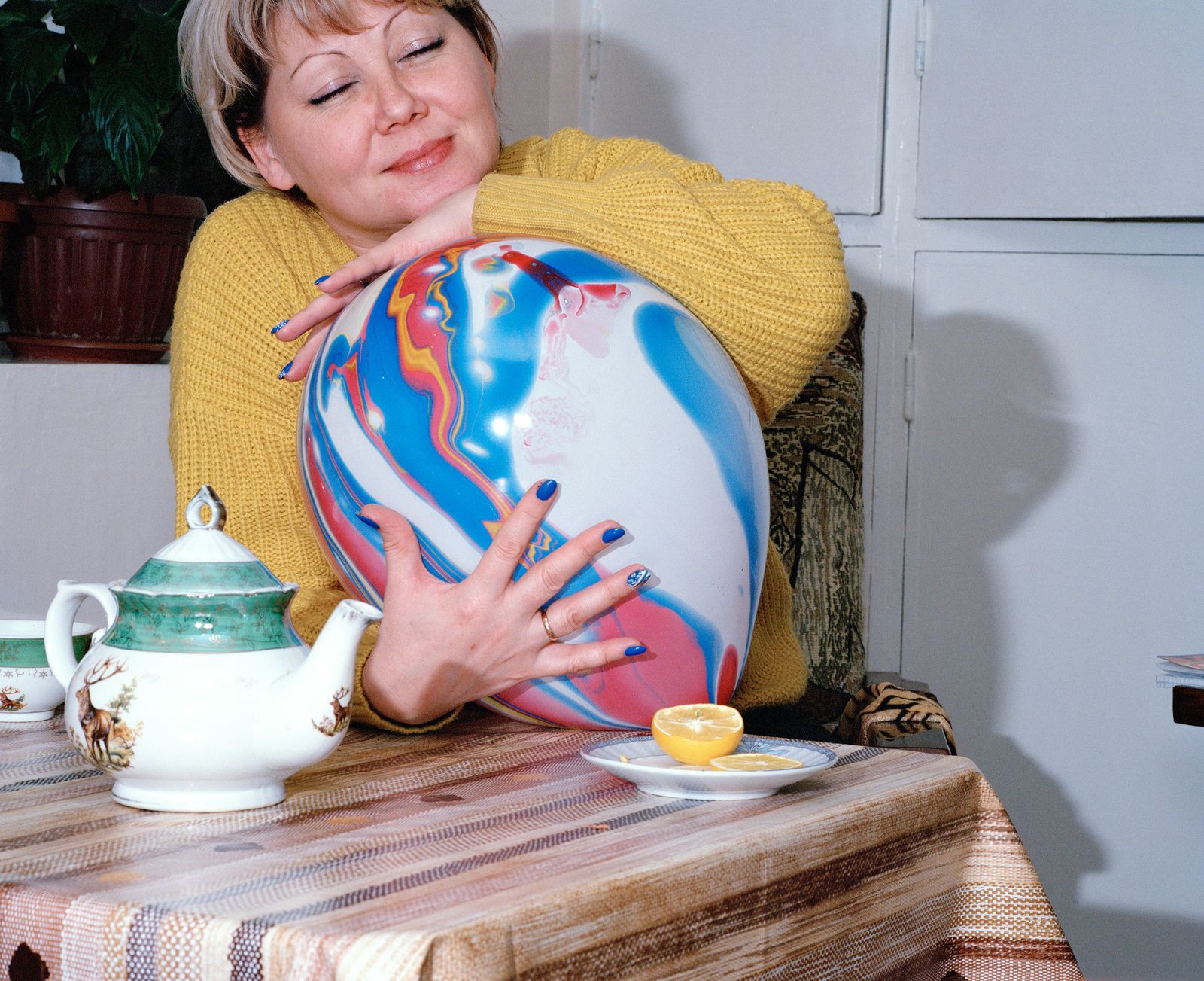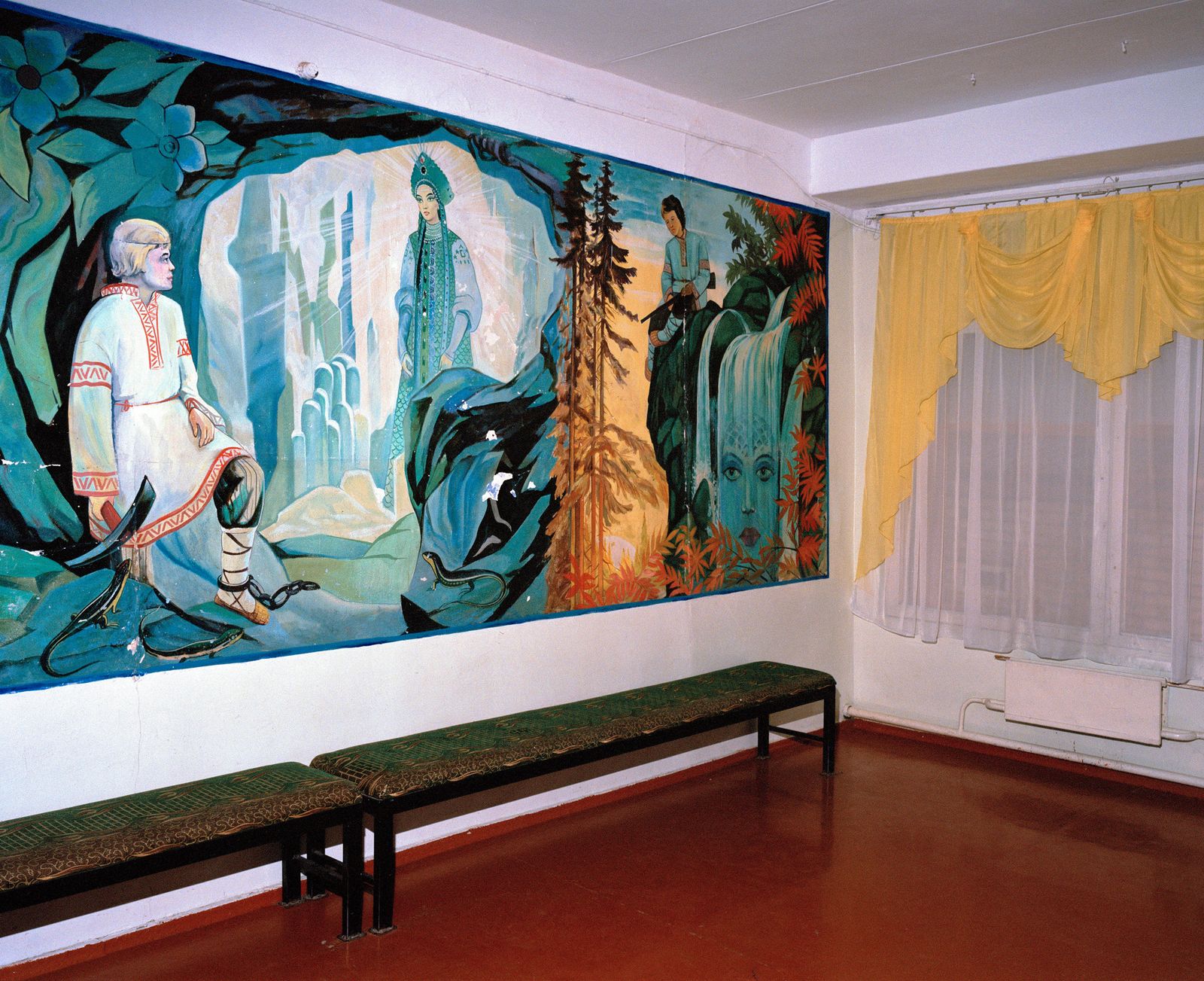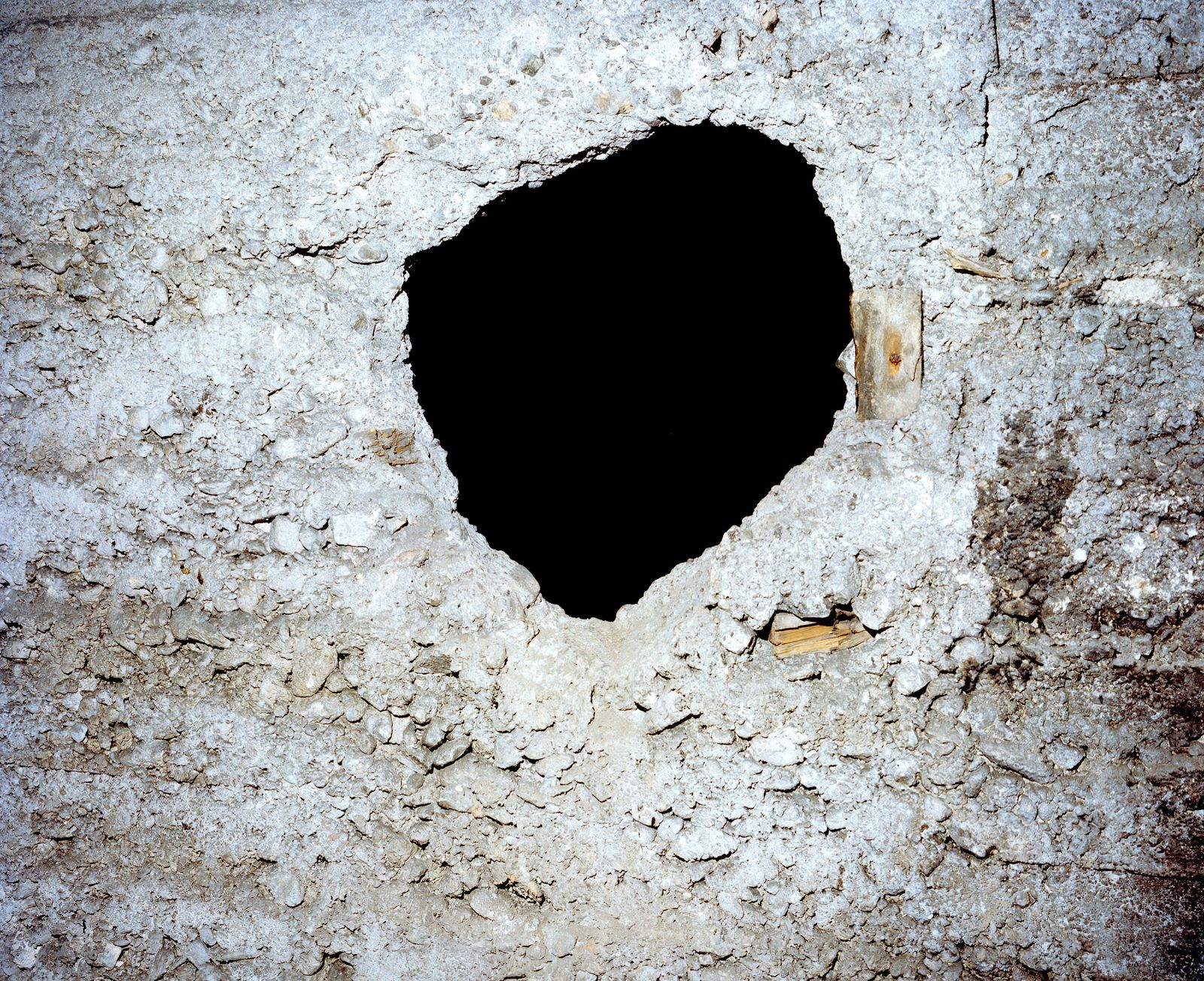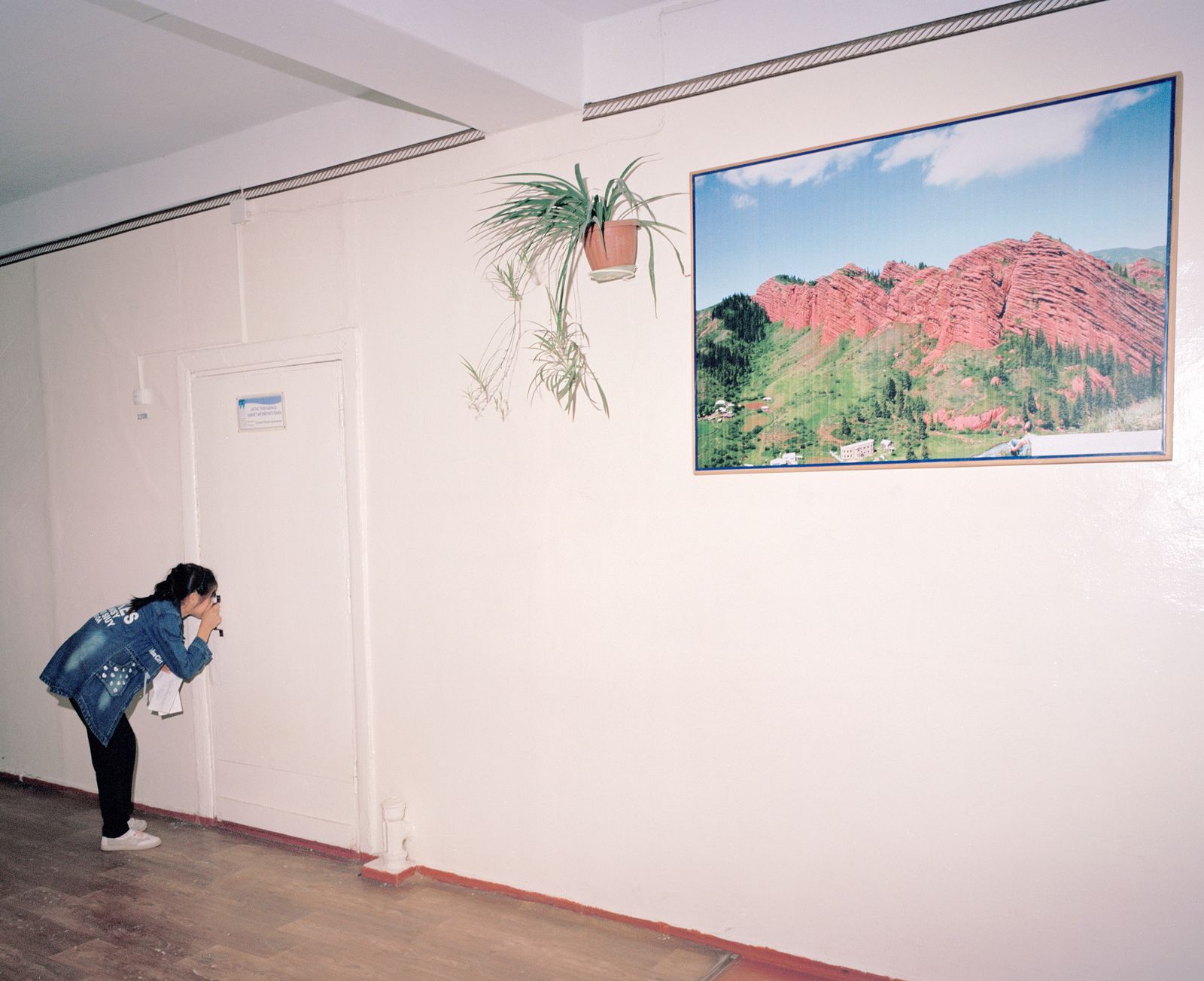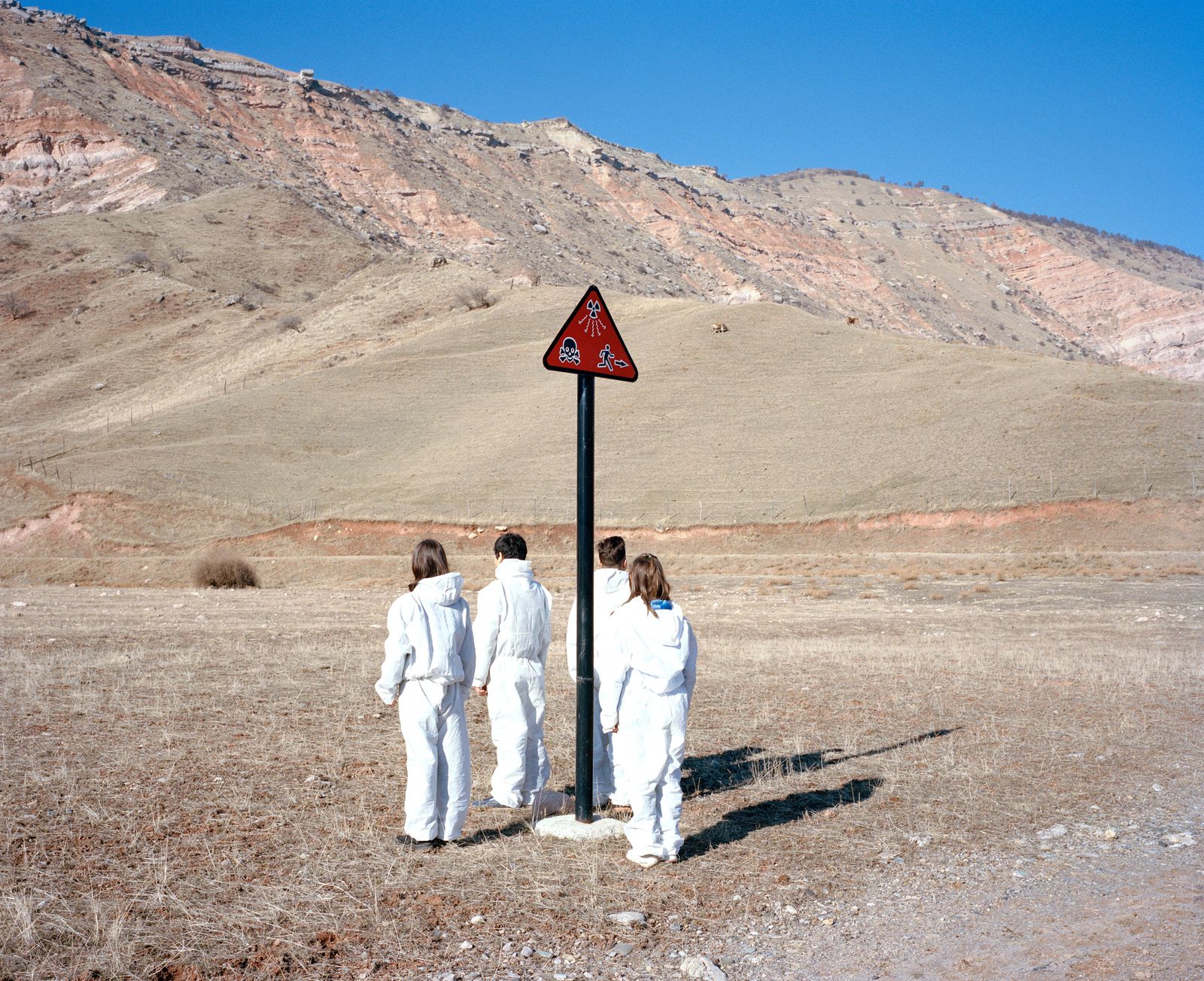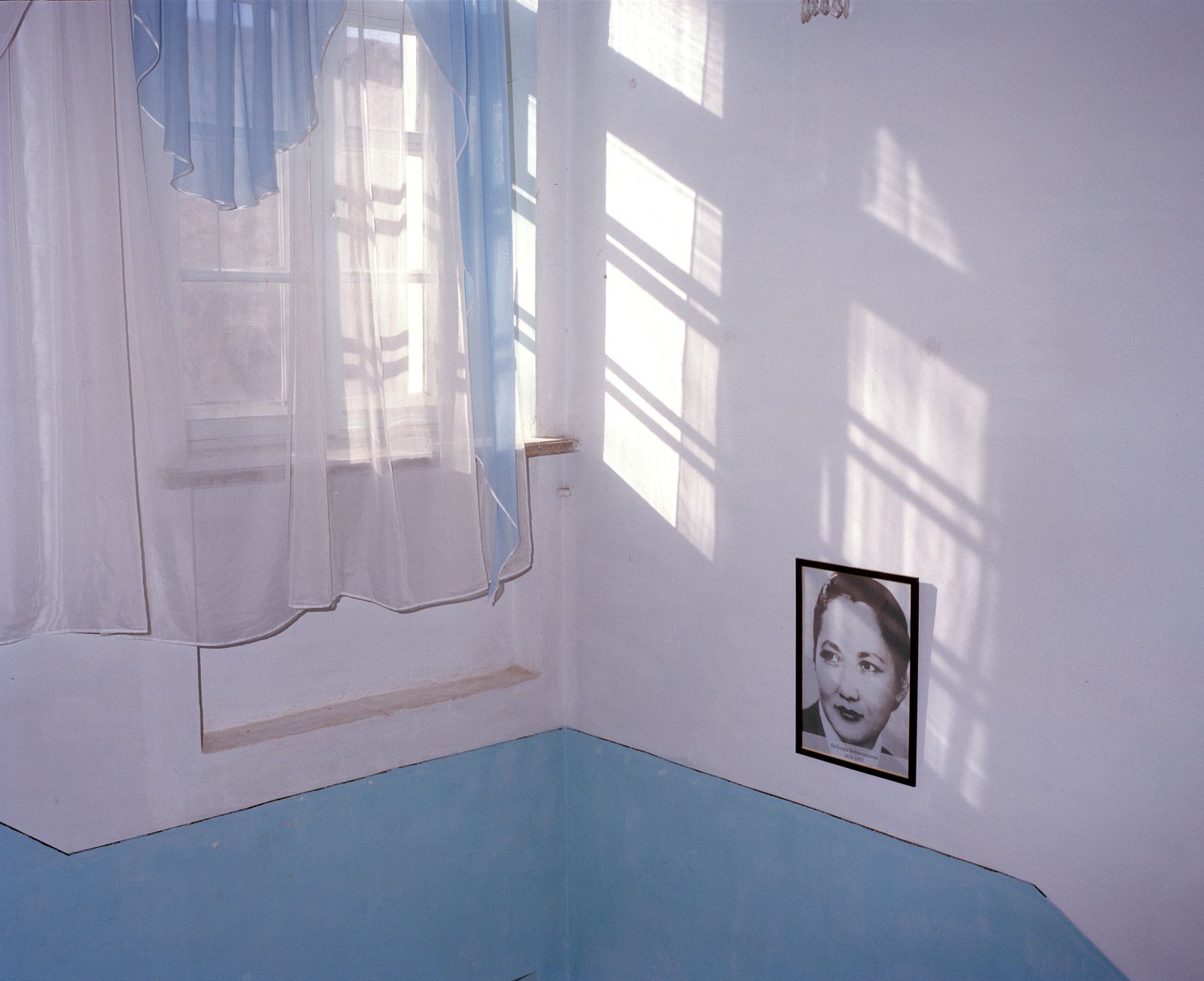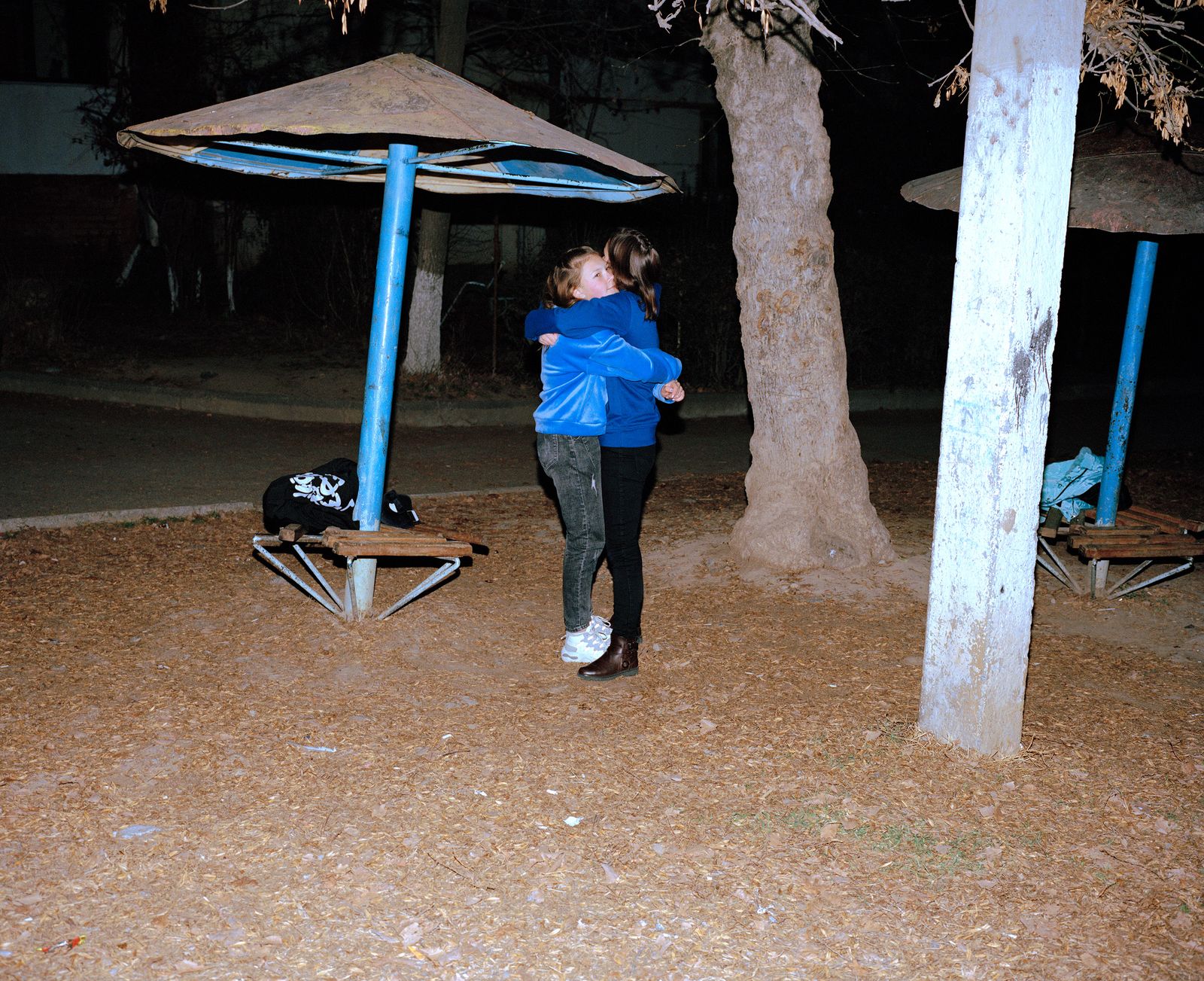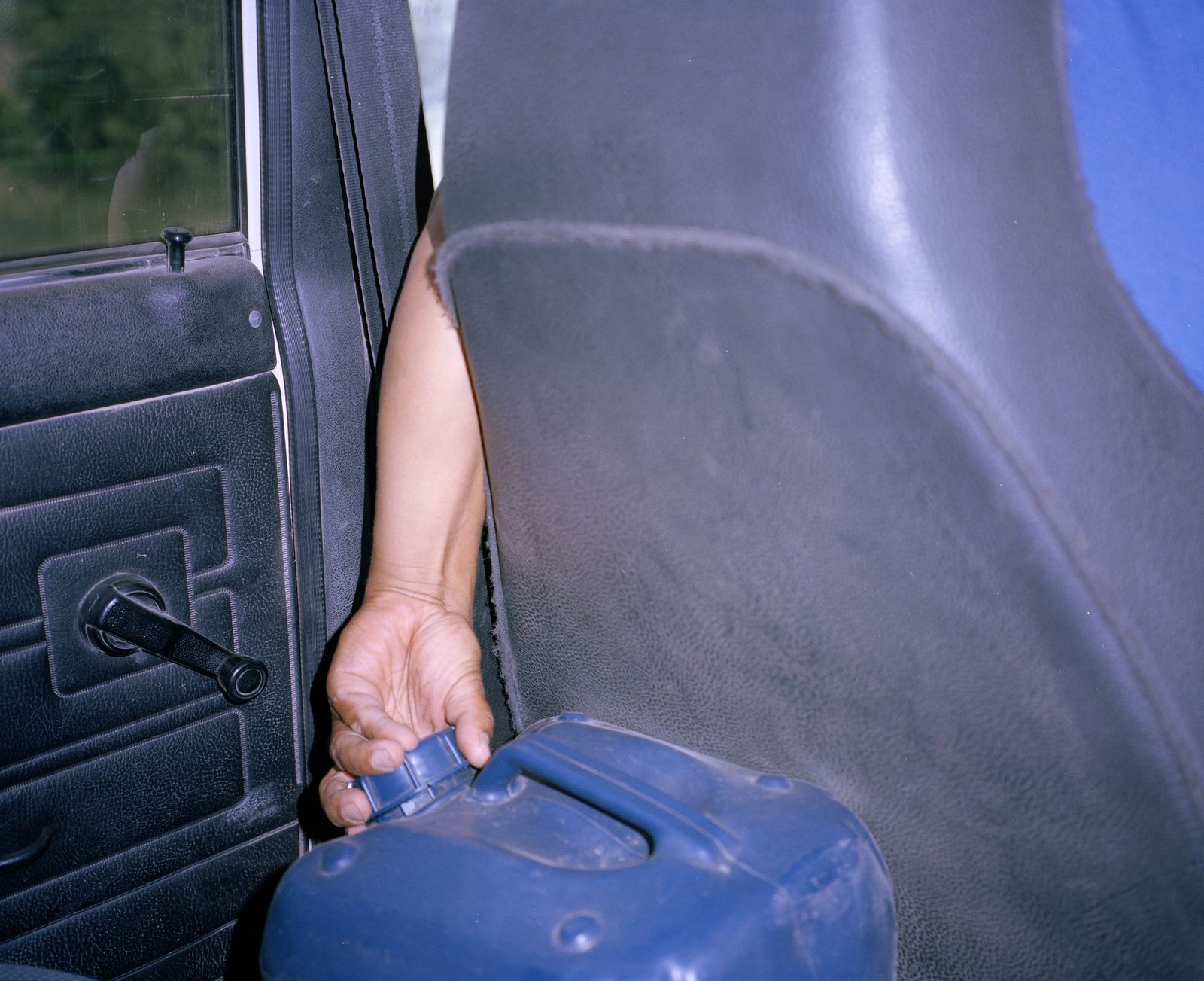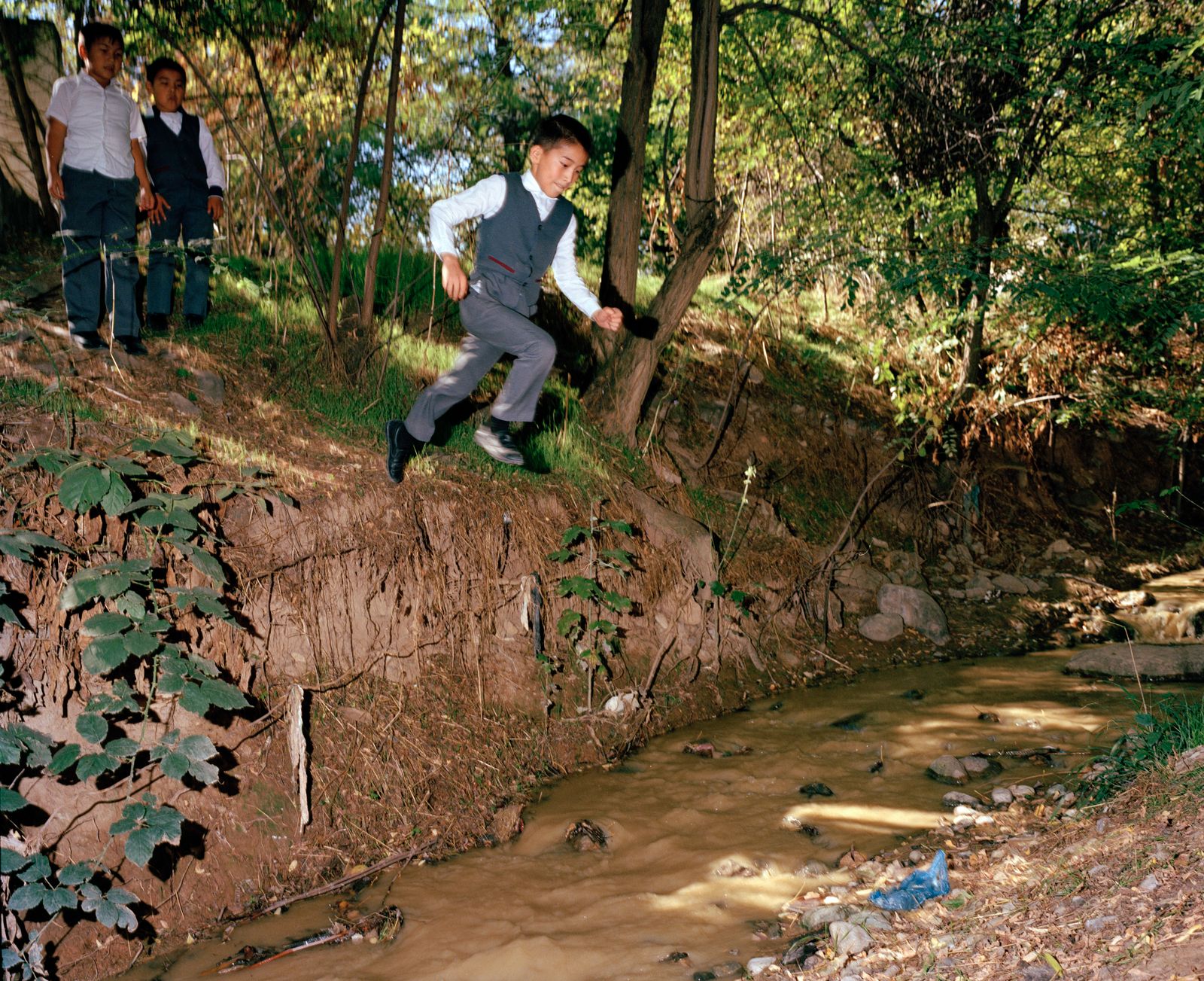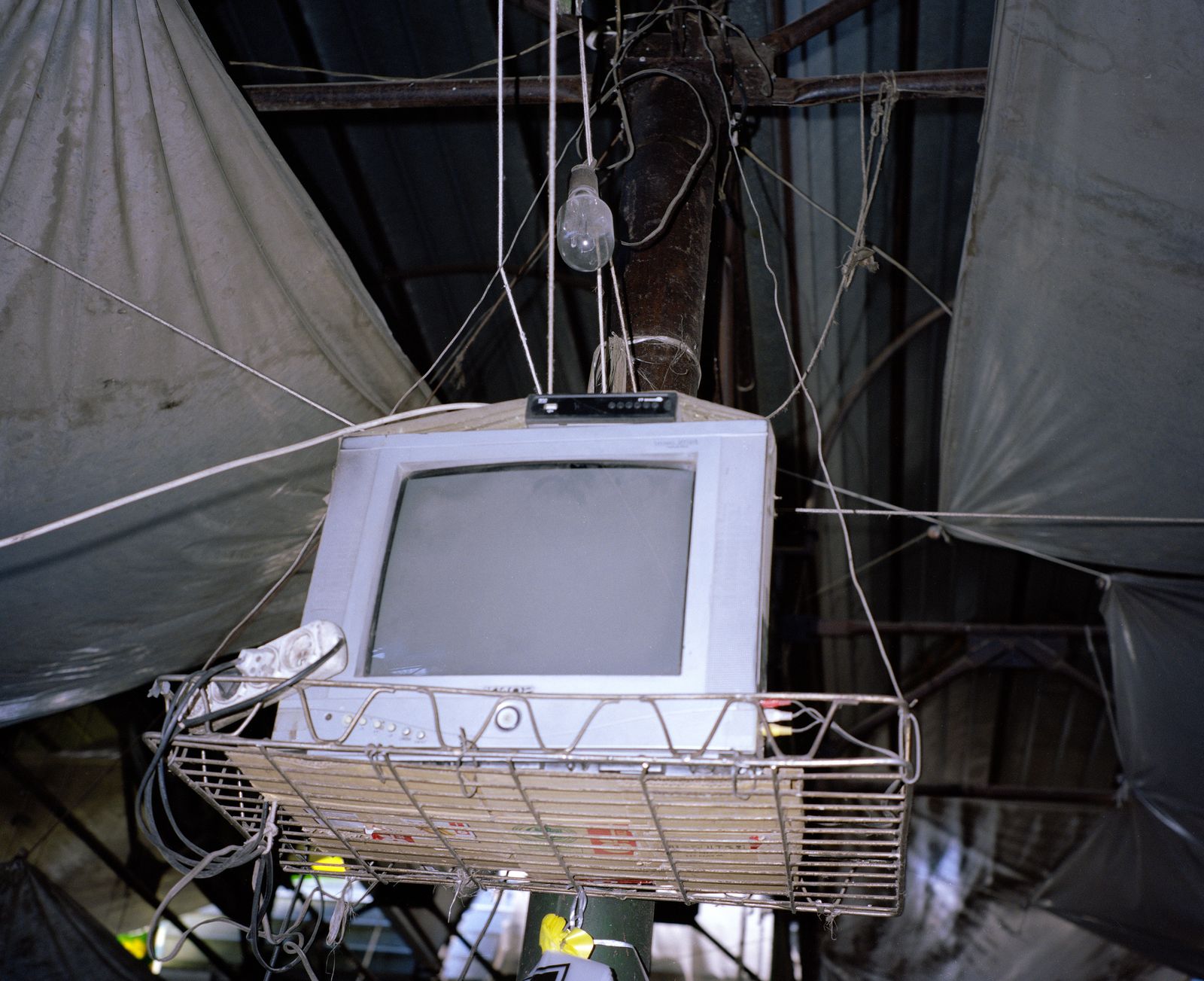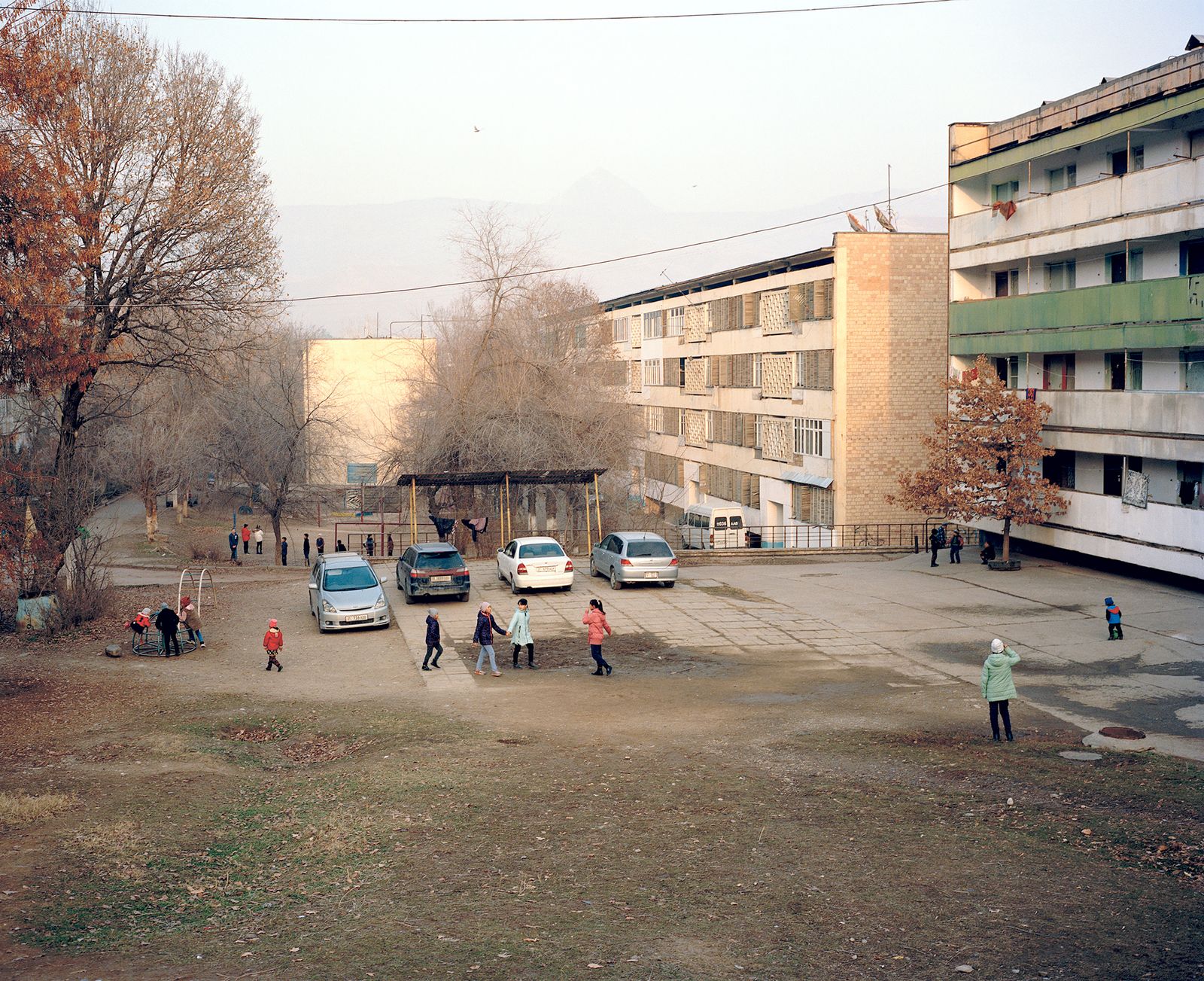Jove's Palace
-
Dates2019 - Ongoing
-
Author
- Topics Social Issues, Documentary
- Location Kyrgyzstan, Kyrgyzstan
Over the past few years, I have been particularly interested in working with communities, exploring themes such as psychology, marginalisation, externality, colonisation, the Anthropocene and youth; culminating in observational, performative and collaborative documentary narratives.
Mailuu-Suu, a once secret ‘atomgrad’ municipality code named ‘Mailbox 200’, located in today’s southern Kyrgyzstan, was a central mining hub part of the Soviet atomic programme where uranium ore mining took place between 1946 and 1968. Consequently, a total of 23 toxic tailings were hastily disposed, some located in areas vulnerable to erosion, near the river as well as located in areas of unstable tectonic activity, threatening both the community today and the populous Ferghana valley downriver. To quote Barry Commoner, founder of the modern environmental movement and cellular biologist, “New technology was brought into use before the ultimate hazards were known. We have been quick to reap the benefits and slow to comprehend the costs.” A visual dialogue between fact and fiction, Jove’s Palace examines how the fortuitous nature of political geography defined by the Cold War impacts the youth’s current relationship to the circumambient anthropomorphic landscape. By the same token, the atomic age has epitomised technology’s function within its hierarchy, as its international militarisation has culminated in one of civilisation’s greatest existential threats. Moreover, uranium extracted from Mailuu-Suu was reportedly utilised for the creation of the first atomic bomb for the Soviet nuclear program. In turn, its inaugural geographical manifestation recalls Homer’s ‘two urns’ in Jove’s palace containing good and evil gifts” from the Iliad; a duality equally contingent to atomic energy as to Pandora’s Box.
